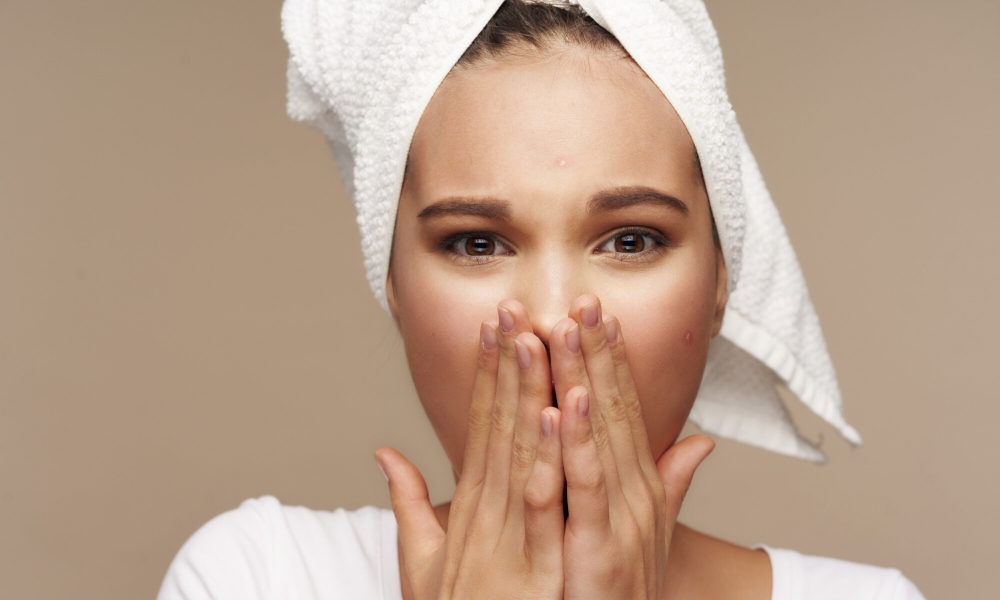What IS “stinky” when it comes to vaginas?
A lot of women show up to my office saying there is a strong odor when they pull their pants down to go pee, or that their partners noticed that it smells different. But what people don’t realize is, that despite what the latest douching ads say, your vagina is supposed to have a bit of an odor. Our vaginas are home to billions of bacteria and the balance of this bacteria changes constantly, creating different aromas varying from musty and fermented to coppery or sweet smelling. These smell variations are likely a result of your menstrual cycle, your hygiene habits, or just you.
The feminine hygiene industry has convinced us that vaginas should smell breezy fresh and flowery; anything else is unclean. I’m sure you have seen lots of ads for feminine washes, refreshers and douches. Or you can find hundreds of videos on YouTube about vaginal hygiene routines and see things like steaming or inserting different foods and essential oils. This is nothing new. Lysol is known today for making cleaning products, but their advertisements from the early 1900s told women that their husbands would leave them unless they washed out their vaginas with it —anything less would be “intimate neglect.” Women suffered poisoning because of the insecurity the company pushed. Women actually died from poisoning by doing this.
So what smells ARE normal?
One if the most common smells is tangy or yeasty like sourdough bread or Greek yogurt. This is typically a sign of the good bacteria that dominates the vagina, lactobacilli. Sometimes this can produce a thin white discharge as well.
Another common smell is a coppery or metallic smell. This is usually from some blood in the vagina and typically nothing to worry about. Either menstrual bleeding, some spotting or a little bleeding after sex may be the culprit. You do not need to see the blood for it to cause a change in the odor.
A third common description is a musty or skunky odor. Unfortunately, the groin has lots of sweat glands and thanks to that, can smell like body odor. Your body contains two types of sweat glands, apocrine and eccrine. The eccrine glands produce sweat to cool your body down and the apocrine glands respond to your emotions. These apocrine glands populate your armpits and, you guessed it, your groin. So, stress and emotional turmoil may cause a stronger odor than at other times.
So when should you call the doctor?
Bad vaginal odors are not subtle. It definitely should not smell like fish or rotting food. Likewise, some discharge is normal and varies through the month, but you should not have pain or irritation from it. Those things should be checked out to see what is going on.
For the most part, the vagina is self-regulating. If someone told you to wash your wool sweater in hot water, you would think they’re crazy. You should have the same response if someone tells you to put something in your vagina! Though it may be tempting to douche or use a vaginal deodorant to decrease vaginal odor, these products may actually increase irritation and other vaginal symptoms. Vaginas have an odor that is healthy and normal. We need to accept that and not be self-conscious about it with others.
As a final note, I recently read an article and this line resonated with me: “If someone speaks to you about your body with anything but kindness and concern, it is he who has a problem.”







